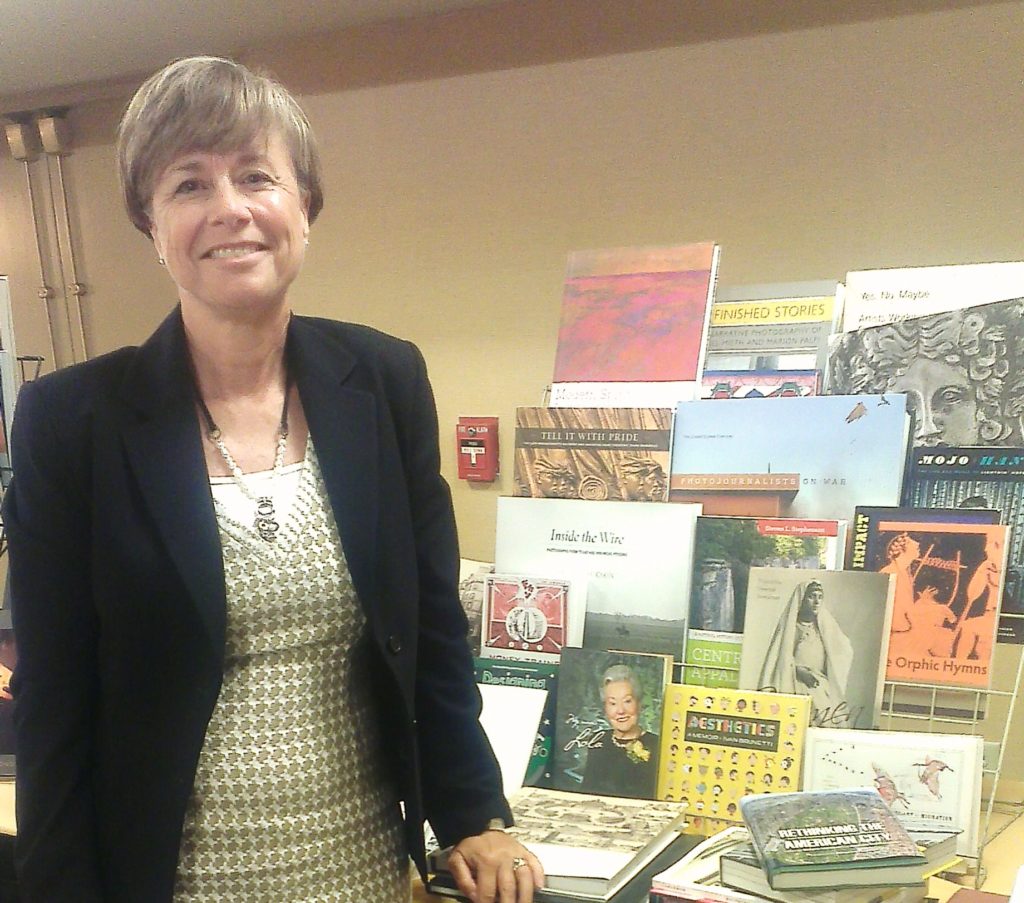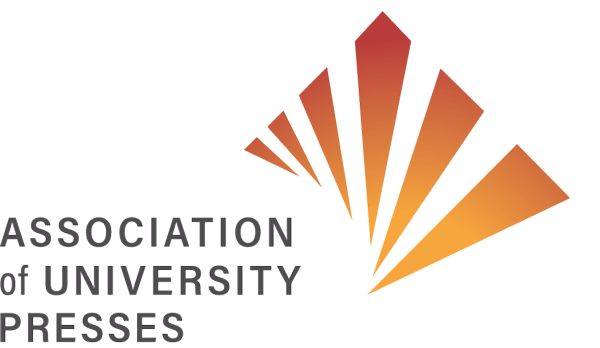Valedictory Presidential Talk
Director, National Academies Press
June 2015

My job today is to reflect on all that we’ve accomplished at AAUP this past year, and to point toward future opportunities. “Gettin’ Stuff Done” was the theme of my short speech during last year’s second plenary session at the annual meeting so, as you might expect, I’m pleased to have much to report. And you can read all about it in the annual report itself. Because rather than going over that list, I want to talk about one theme interwoven through all of it and that’s: Collaboration.
Before I do that, let me start with some heartfelt thanks for a fabulous year.
Thanks go to the hundreds of individual members, to the AAUP Board, to Peter Berkery, and to the entire AAUP staff who made all of our collaborations work so well this year. We weren’t always on the same page. We had a few pretty frank discussions but even those seemed tame compared the name calling I’m used to in Washington. We debated matters such as open access, whether or not we should have a policy on classroom use of our work, and even how we should conduct ourselves on the listserves. (And with that incident, maybe there was some good, old-fashioned Washington name-calling.) But the diversity of perspectives is what I like about being a part of this association. We have people with a broad range of views, who in different ways do work hand-in-hand to get a lot of stuff done.
Last year’s plenary session enlisted an amazing 400 AAUP members to create tactics to support the Association’s strategic plan whose five parts are Collaboration, Advocacy, Research, Education, and Infrastructure. That plenary session was one of the largest-scale collaborations in AAUP history. So it was no surprise that those 400 people voted Collaboration as the top priority for AAUP.
Collaboration is our Association’s key strength. Our willingness, and even our keen desire to work together is demonstrated through the dynamic interactions at our annual meetings, the spirit of volunteerism demonstrated by so many who have enthusiastically served on committees and task force groups, and the robust participation in events like University Press Week.
It’s fortunate that we like to collaborate because I believe that collaboration will be essential for our members to survive and even thrive.
As we are all too aware, the challenges to scholarly publishing are plentiful. Our role has always been to connect authors to readers. But these days, authors may believe that they can make that connection themselves. Technically, they can edit, design, compose, post, and market their work themselves using the technologies enabled by Vint Cerf (whom we heard from this morning). Thankfully, the indie author movement mostly resides in trade e-book publishing…for now.
But, our work is that of professionals. What we distinctively offer is rigorous peer review resulting in an imprint that carries with it a commitment to quality scholarship, carefully curated, beautifully published. We do this better than anybody else. But we aren’t shouting about it with the same gusto that indie authors tout their one-off design and marketing skills.
So this year, the brand new Acquisitions Editorial Committee began to formally, and collaboratively, craft best practices in peer review. But that’s not enough. Together our association will formally advocate for AAUP members as the arbiters of long-form scholarship excellence. We will roar, “If it comes from an AAUP member, it’s the best it can be—worthy of readers; worthy of tenure.” This kind of advocacy campaign is beyond the scope of most member presses. Advocating works better when large numbers are collaborating.
These days, when a scholar publishes with a university press, she may want to prioritize dissemination over sales and make her work open access. We know that the costs of publishing must be covered somehow, whether it’s by the consumer, the author, or an institution. We know better than anyone that quality publishing can’t be free. But how much does it really cost to publish a book, especially in the humanities and social sciences?
Until we get at this figure using rigorous research methods, institutions and authors will be suspicious about whatever we ask them to pay to make their content freely available. This year, together, our members have worked with the Mellon Foundation and ITHAKA to build a methodology for an evidence-based answer to that cost question. No more pulling numbers out of the air. A cross-section of AAUP members, together, is greatly contributing to this research project by meticulously collecting data. We will use these data to build open access programs that are trusted and sustainable, and are in keeping with our mission. That’s Collaboration with a capital “C.”
As you know, there has been so much consolidation in the commercial scholarly publishing sector. There’s a reason for those mergers. Scale matters. And, together, our members have been working over the past decades to build their scale through collaborations in fulfillment, in sharing sales representatives, and in title aggregation platforms such as Project MUSE. University presses in Colorado and Utah have combined. And the new initiatives funded by Mellon that we’ll hear about tomorrow add to our togetherness. But in my view, even more togetherness, more collaboration, would help us realize the economies of scale that will bring financial sustainability to serious scholarly publishing.
Collaboration, over the next decade or two, is likely to be a key element of all our professional lives. Our institutional relationships, with our administrations and with our libraries, will be increasingly collaborative, as we hone our roles in the digital environment.
Our administrations already are aware that we are participating in the fast evolution of scholarly publishing, and will urge us to produce even more visible innovation. The leadership of my own institution is pushing hard for much more rapid evolution. And it’s certain that many of us will be collaborating with our libraries – our close cousins in the enterprise of scholarly communications.
But it doesn’t stop there.
Efficiencies of scale may make it inevitable that the physical and digital production tasks needed to publish our monographs will become more shared and maybe more centralized.
In addition, projects like UP Scope—a shared digital discovery and access platform that an AAUP task force is proposing to the Mellon Foundation—could lead to the development of a discipline-focused marketing collaborative. Think of what a smart social marketing crew could do with an aggregated set of titles in “university press cultural studies,” or “university press American history.” Further, this project might lead to an AAUP-wide graduate-studies subscription service to e-versions of topical monographs, with income divided appropriately between participating presses. This is a step forward, but it’s probably still not enough.
There are so many structural possibilities for these kinds of collaborations for the future. The key question for AAUP members is which structures make the most sense to develop, and in what kind of framework, to maintain the key values embedded in our basic missions. And, of course, that mission is to publish peer-reviewed works of the highest scholarly quality, sustainably.
At some point in the future, our collaborations may very well lead to a truly giant collaboration, with a name like “All-American University Publishing” (yet another AAUP) – but that’s a step too far for now!
Today, let’s celebrate our many successes, and think creatively about our future, all together now.
